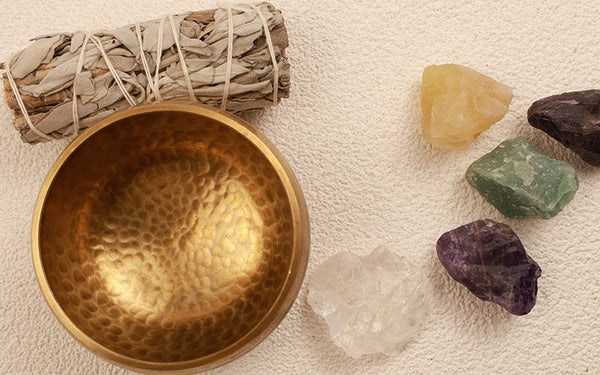Acala with Lapis Lazuli Thangka Pendant Necklace
Dear Valued Customer:
To awaken blessings in your Tibetan Buddhist artifact, all items undergo consecration rituals conducted by monastery lamas. This ancient practice aligns blessings with your spiritual journey.
Please provide:
Full Name&Date of Birth (DD/MM/YYYY)
Purpose:
Your birthdate helps lamas personalize mantras during consecration, harmonizing the artifact's energy with your astrological essence. All information remains confidential and used solely for consecration purposes.
Thank you for embracing this sacred tradition. May it bring you wisdom and protection.
Regong Fudō Lapis 108 Mantra Bead Chain: An In-Depth Cultural and Spiritual Analysis
I. Religious Symbolism & Core Meaning
II. Artistic Features & Technical Craftsmanship
III. Ritual Practice & Spiritual Benefits
IV. Cultural Legacy & Collectible Value
Conclusion
More than just jewelry, at Zensymbols, we view it as a way of life; Accepting life's contrasts, nourishing one's spirit; Inspiring one's thoughts; revitalizing the body; Brightening your existence.

Our Founder

Our mission
-
Our mission at Zensymbols is to make carefully chosen handmade items available to a worldwide audience while igniting dialogue about preserving traditional crafts.
-
We provide authentic Dharma products of the highest caliber to encourage your spiritual practice and deliver spiritual jewelry to enhance your life. Tracing our humble roots to our extensive travel and spiritual experience with Tibetan cultures, we have seen how powerful spiritual jewelry and amulets can be.
-
Buddha Stones is committed to preserving significant meaningful items that promote harmony, joy, and present-moment mindfulness. The symbols on the Buddha Stones are meant to represent faith, protection, and healing. They bring good luck to you and your loved ones since they have the power to draw in good energies and drive away bad ones.
-
At Zensymbols shop, we conduct research to find new Buddha-related goods and categories that are appropriate for your family's daily needs. We must provide you with the best value for your money so that each time you purchase with us, you get a better deal than you would elsewhere.
-
We sincerely believe that honesty and sincerity are necessary to satisfy customers completely. We are happy to work with individuals who respect action-based leadership and share our values. We want you to feel STRONG, ENLIGHTENED, CONFIDENT, OPTIMISTIC, and AMAZING.
Our Design
-
Zensymbols is happy to collaborate with creatives worldwide to produce goods that uplift and inspire. The craft traditions of locations like Tibet, Nepal, China, Thailand, and other parts of the world are the source of many of our creations. Every year, we visit places like Tibet, Nepal, etc., to build relationships with artisans and ensure our sustainable and environmentally responsible sourcing practices.
-
We speak with the artists directly. Zensymbols continues to expand and fortify our network of regional artists with hard work in Tibet and Nepal. We want to create a network online that supports Tibetans, Nepalis, and others who need financial assistance for their trade-in addition to growing our client base.
WHY SHOP WITH US?
- Authentic, high-quality Dharma items and inspiring collection;
- Professional customer service, via e-mail and Facebook;
- Fast shipping;
- Safe and secure order processing;
- PayPal and credit card verified company;
- Rewarding customer loyalty programs.

CLICK & FIND US:
- Email: zensymbols2025@gmail.com
- Facebook: https://www.facebook.com/zensymbols
Frequently Bought Together














